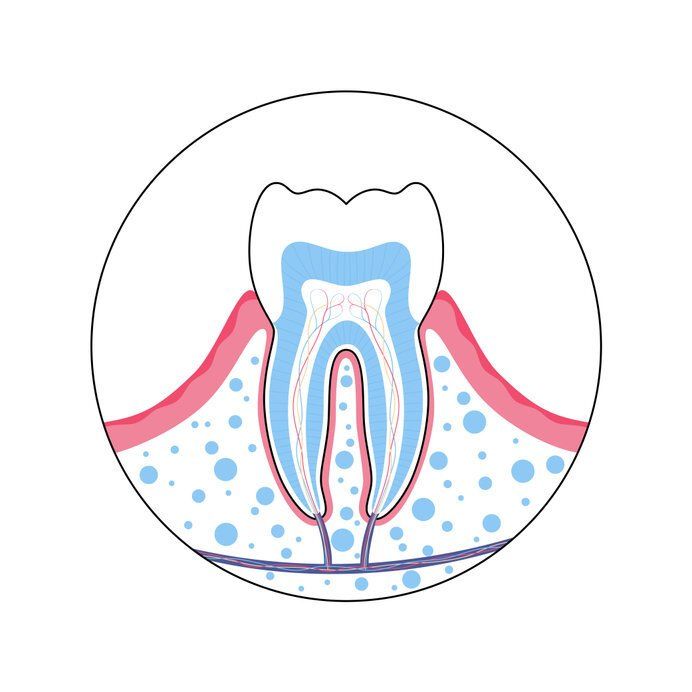A Quick Overview of the Science Behind Sedation Dentistry
- By Mary Marks
- •
- 23 Feb, 2022
- •

Whether you’re considering a Colorado sedation dentist visit for less invasive procedures or IV sedation as a result of your anxiety associated with going to the dentist, sedation dentistry is easy enough to understand on the surface. An anesthetic is being injected into your body, either locally or through IV, so that you won’t feel the pain of the procedure and you can maintain a state of ease and relaxation.
As simple as this explanation seems, it’s definitely not the whole story. The science of sedation dentistry goes way deeper and would require a much lengthier presentation. In short, however, it will suffice to talk about the different substances used and how they might be administered.
Orally, your dentist might use either nitrous oxide (a type of gas that you inhale) or oral sedatives the likes of diazepan. When it comes to IV (intravenous) sedation, stronger sedatives might be used that either put you in a deep sleep or in a type of “twilight” sleep which ensures that you’re still conscious but very relaxed.
The science shows that sedation dentistry works very well for people with general anxiety disorder, phobias and bad memories related to going to the dentist in the past, as well as sensitive oral nerves. IV sedation is also recommended in particular for patients who have a resistance to oral anesthetics and still tend to feel pain even after they were administered the maximum safe dosage of nitrous oxide or any other type of oral sedative.





Although oral sedation dentistry Highlands Ranch is one of the optionsavailable for managing anxiety and discomfort during oral surgery, you certainly do not need to use it all the time. As a matter of fact, the exact type of sedation or anesthesia that you receive during oral procedures may depend on various factors, such as the complexity of the procedure, your medical problems, as well as your doctor’s preferences.
There can be several different levels of sedation that can be used in oral surgery. Local anesthesia is one of them. This involves injecting anesthetic medication into the specific area where the surgery will take place. It numbs the area and is often used for less invasive procedures.
Oral sedation involves taking medication in the form of a pill to induce a state of relaxation and drowsiness. The patient is still conscious, but he/she may not be fully aware of the procedure. At any rate, sedation helps him/her get rid of anxiety.
In the case of intravenous sedation, medication is administered through a vein, which induces a deeper state of sedation than oral sedation. Patients may still be conscious, but they are less aware of their surroundings and may not remember the procedure.





